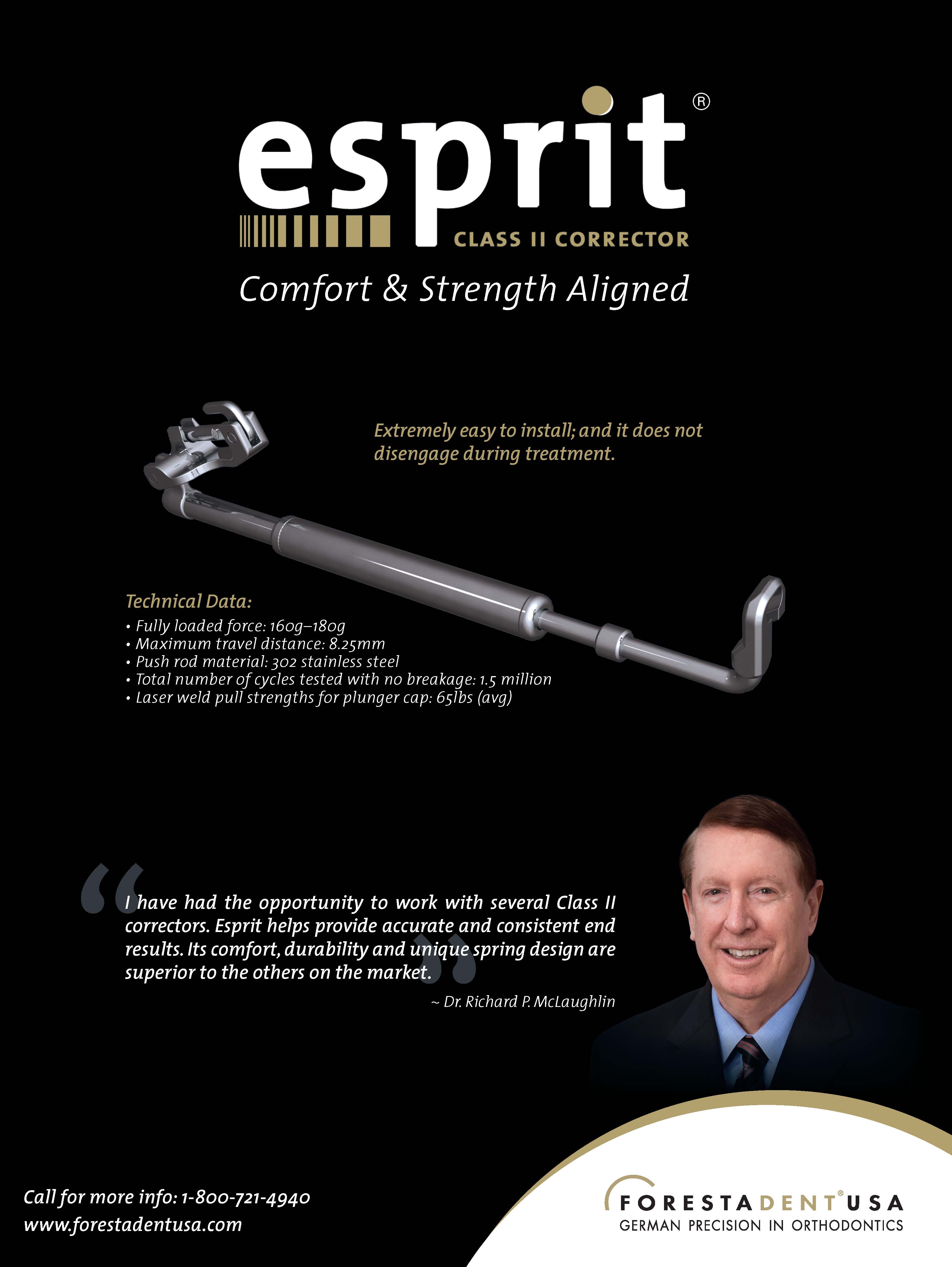One of the advantages of working in academic orthodontics is the opportunity to move occasionally from university to university, taking positions with departments in different parts of the country. Although there is no doubt that the many rewards and advantages of private practice justify staying in one place throughout one’s career, some of us get a charge from seeing what lies on the other side of the hill. My professional moves have taken me from my native American Southwest to western New York to Memphis in the Mid-South, on to Los Angeles—where I spent the bulk of my career—and now to eastern North Carolina.
One thing I noticed early in my relatively mobile career was a regional variation in orthodontic treatment preferences. Right after my arrival at the University of Tennessee, during our weekly departmental meeting, I made a comment to this effect to the residents. One of the attending professors, a world-renowned Tweed practitioner, snorted at the notion that any deviation from orthodox Tweed philosophy could be tolerated under any circumstances—though few clinicians even then, about 25 years ago, actually practiced orthodox Tweed orthodontics. As the years have gone by and as my involvement with international orthodontics has grown, I feel vindicated in my contention that while there is indeed a regional variation in treatment philosophies and approaches, most of these methods can be viable, ethical, and effective means of treating malocclusions.
Similar articles from the archive:
- THE EDITOR'S CORNER Quantifying Facial Esthetics November 2016
- THE EDITOR'S CORNER Seeking Facial Harmony February 2007
- THE EDITOR'S CORNER A New Paradigm of Facial Analysis June 2002
Such regional differences are nowhere more evident than in the area of severe facial deformities and orthognathic surgery. During the many years I practiced at the University of Southern California, I developed a close working relationship with “my” oral surgeon, the great Dr. Dennis-Duke Yamashita, then Chair of Oral and Maxillofacial Surgery at Los Angeles County + USC Medical Center. At the peak of my practice there, some 30% of my cases involved orthognathic surgery. Dr. Yamashita and his residents were truly artists in their field, working what seemed to be magic with many severely deformed faces.
I had a rude awakening when I moved to East Carolina University. Shortly after I joined the department, I contacted a local orthodontist, one of my former students from the University of Tennessee, to ask his recommendation for an orthognathic surgeon in our part of North Carolina. I was stunned when he replied that there were no oral surgeons in our area who would take orthognathic cases, simply because there were no insurance or other third-party payers who provided financial coverage. These surgeons were all well trained in orthognathics, but since they never got paid for those cases, they had simply quit doing them. This left the orthodontists in the region to deal with severe orofacial deformities by using nonsurgical approaches. I had to harken back to the teaching of my primary mentor, Dr. J. Daniel Subtelny, who maintained that orthodontics was the science of “molding faces.” He used an impressive array of bite blocks, bite plates, and other unorthodox appliances to correct various deformities, asymmetries, and craniofacial anomalies, resorting to surgical intervention only in cleft cases.
In this issue of JCO, we offer two articles describing the treatment of severe facial deformities through facial molding (though the authors do not use Dr. Subtelny’s term) with impressive results. In one case, a team from the University of Connecticut, Yale University, and the University of Louisville treated a severe anterior open bite with an orthodontic approach using TADs and other nonsurgical methods. The final facial result was enhanced with minimally invasive, non-orthognathic surgery, although I would have considered the case entirely acceptable without the surgical revisions. In the second case, a team from Kanazawa Medical University in Japan presents an impressive treatment of severe mandibular and facial asymmetry without the application of orthognathic surgery.
There are many ways to treat any malocclusion. Orthodontists in different parts of the country, whatever their personal treatment philosophies, generally find they have little choice but to accept that reality. It’s all about molding faces.
RGK


